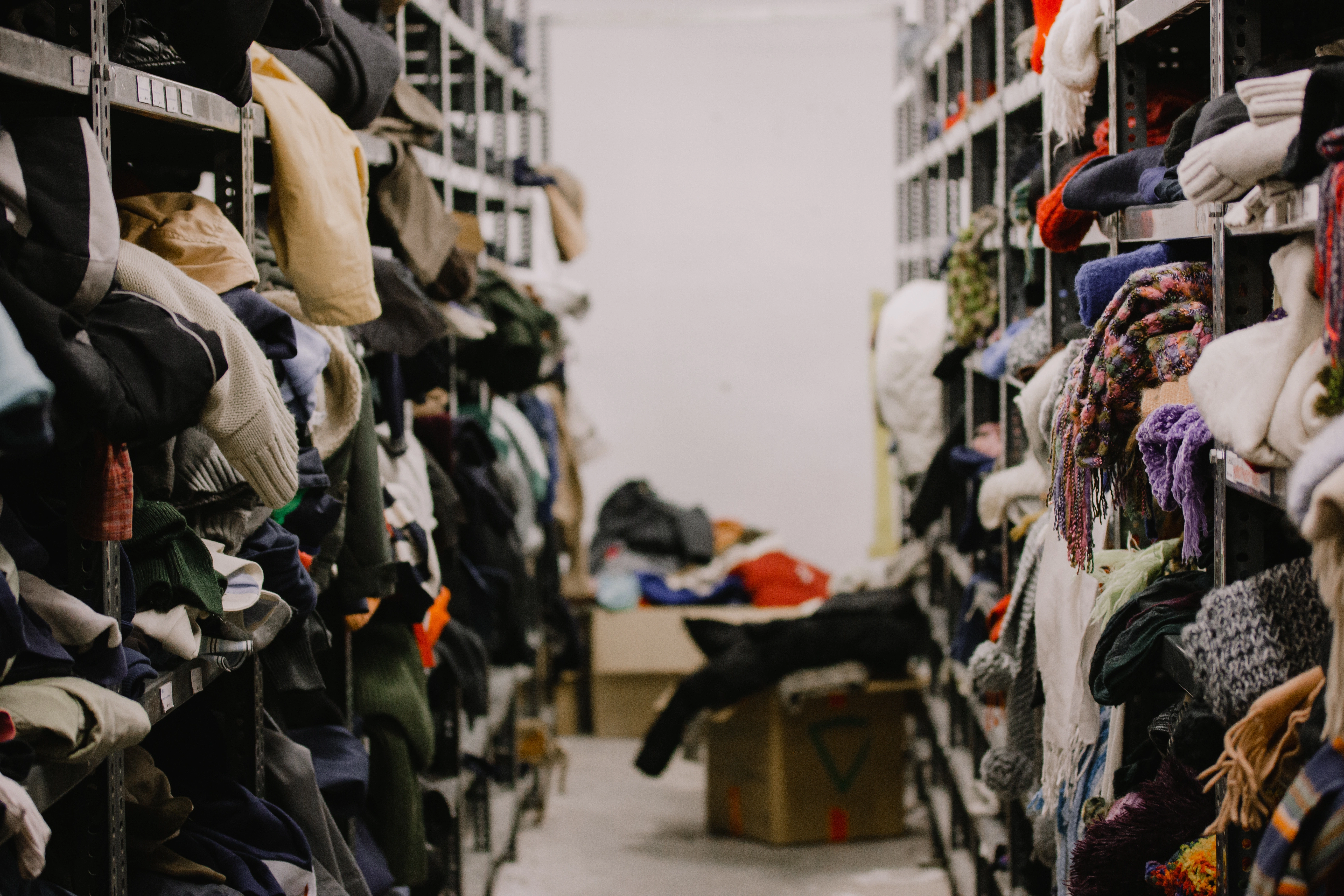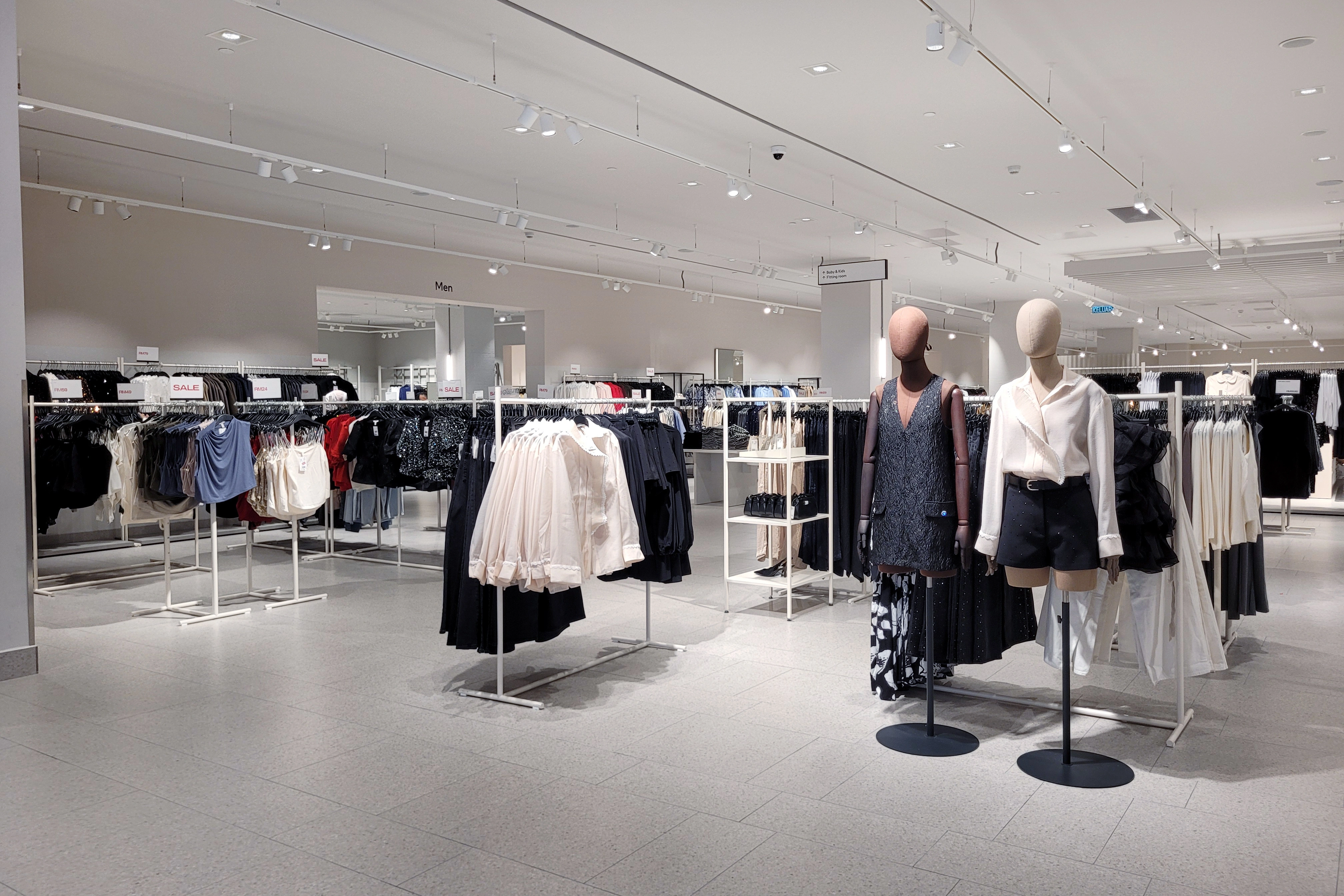The Impact of Clothing Store Loans on Cash Flow and Business Sustainability
October 30, 2025 | Last Updated on: October 30, 2025

In the apparel industry, timing and inventory are everything. Fashion trends shift quickly. So do customer preferences. For small business owners running a clothing store, whether brick and mortar or online, access to capital is vital. High upfront costs, seasonal fluctuations, and unexpected supply chain issues create real cash flow challenges.
That’s where clothing loans come in. These financing tools assist store owners in stocking inventory, covering operating expenses, and smoothing out seasonal dips. Whether it’s launching a new collection, bulk buying to meet demand, or keeping up with rent and payroll, loans help manage financial ups and downs.
In this article, we explore how clothing loans support business cash flow management and long - term sustainability. We also break down different loan types, common use cases, and key decision - making metrics to help store owners stay competitive in today’s fast - moving fashion economy.
What Are Clothing Loans?
Clothing loans are business financing solutions tailored for fashion retailers. Unlike general - purpose loans, they’re designed to meet specific industry needs - like financing seasonal inventory or bridging off - peak cash gaps. They allow apparel business owners to align funding with sales cycles, consumer demand, and inventory planning.
You'll find options like term loans, lines of credit, working capital loans, and merchant cash advances. Each has different repayment terms, interest rates, and eligibility requirements. For startups or e - commerce shops, short - term credit lines can offer agility. For well - established retailers, a traditional garments loan may provide more favorable payment terms.
Many small business owners also search for loans for clothes, especially when needing to bulk - order stock or invest in slow fashion alternatives. These funds can be applied to raw materials, order fulfillment, or supply chain partnerships.
Whether you're looking to expand your customer base, respond to market trends, or boost inventory ahead of peak seasons, clothing loans are a practical option. They can also help with initiatives like sustainable sourcing and ESG - compliant practices - especially as fashion companies aim to reduce their environmental impact.
How Clothing Loans Improve Business Cash Flow Management
Cash flow disruptions are common in retail. Delayed shipments, early vendor payments, or returns can all limit your working capital. This is where clothing loans support smart business cash flow management.
By providing quick access to funds, these loans help store owners meet essential expenses like supplier bills, rent, wages, or marketing during low - revenue periods. Loans allow businesses to stay ahead of disruptions and avoid reactive expenses like last minute inventory sourcing or penalties for delayed payments.
Fashion businesses can use clothing loans to maintain steady cash inflows, especially during periods when cash is tied up in stock. This financial cushion improves resilience and allows store owners to invest in promotions, technology upgrades, or supply chain diversification.
In short, clothing loans don’t just plug financial gaps. They’re tools for streamlining business operations, building stability, and preparing for growth.
Stocking Inventory Without Draining Reserves
Inventory is both an asset and a risk. Too little, and you miss sales. Too much, and you choke your cash flow. Clothing loans help businesses strike the right balance.
By securing funding ahead of peak seasons, retailers can purchase high - demand items without draining reserves. This creates room for early payments, better vendor deals, and strategic ordering. It also supports healthy inventory management, avoiding overstocks and markdown losses.
With the rise of fast fashion and shortened trend cycles, having a responsive inventory plan is essential. A garments loan or revolving credit line helps finance new product lines, restocks, and limited - edition drops. This allows retailers to test styles or categories without overextending.
For example, an independent brand might use a loan for clothes to buy sustainable cotton T-shirts before summer. That early purchase allows for better pricing and quicker shelf placement. It also supports sustainable fashion goals by investing in ethical sourcing.
Whether stocking basics or curating designer edits, smart inventory decisions are at the heart of profitability. With the right financing, small businesses can align purchases with projected sales and consumer behavior, ensuring inventory supports - not stifles - growth.
Covering Operational Expenses During Slow Seasons
Slow seasons are inevitable. But store expenses don’t stop. Payroll, utilities, software subscriptions, and rent still need to be paid. This is where clothing loans prove vital.
Short-term loans or revolving credit can bridge gaps during off-peak months. Whether it’s after - holiday lulls or mid-year slumps, a garments loan can help maintain staffing levels, continue marketing, and fund minimal inventory restocks.
This ongoing support preserves customer experience and team morale - two intangibles that directly impact long - term sustainability. Businesses that weather seasonal downturns without cutbacks are more likely to retain loyal buyers and maintain momentum.
For newer stores or e - commerce brands, covering ongoing operating expenses during quiet periods is key to surviving year one. Access to clothing loans lets owners focus on long-term strategy instead of short - term damage control.
Additionally, reliable access to capital enables businesses to run experiments - like limited - time pop - ups or influencer partnerships - without risking their bottom line. This agility is especially important in a trend - driven industry shaped by social media and consumer behavior.
Whether you’re looking to stabilize your operations or gear up for a return in foot traffic, timely financing makes all the difference.
Avoiding Overextension and Debt Traps
While clothing loans can be helpful, misuse can harm your business. Borrowing more than needed or misunderstanding terms can lead to unmanageable debt.
Retailers should evaluate their cash inflows, repayment ability, and realistic growth projections before signing any loan agreement. Compare interest rates, terms, and fees. Avoid stacking multiple loans without a clear repayment plan.
Also, beware of short-term high-interest options unless you have a guaranteed revenue source. A loan should support - not replace - a strong business model.
Use loans to invest in growth or stability, not to cover chronic losses. Plan for payment terms that align with your inventory management and seasonal cycles. In fashion retail, misjudging demand or overbuying can trigger cash flow crunches.
Smart use of clothing loans supports your goals. Reckless use can shrink your market share and weaken your viability.
Choosing the Right Clothing Loan for Your Business
Every apparel business is different. So is every loan. The key is matching your need to the right product.
A term loan is ideal for big - ticket expenses - like a store remodel or bulk inventory purchase. A line of credit works better for recurring needs like vendor payments. A merchant cash advance may help with daily working capital if you have consistent card sales.
Also consider your long-term plan. Are you testing a new product line? Expanding into e - commerce? Launching a sustainable fashion initiative? Your financing should support - not slow - those ambitions.
Take time to assess your value chain, projected returns, and existing obligations. A good loan supports scalability and preserves your ability to pivot as needed.
Conclusion
In the fashion business, agility is everything. Trends shift fast. So do margins. That’s why clothing loans are more than a financial cushion - they’re a strategic tool.
Used wisely, they help with business cash flow management, inventory planning, and maintaining stability in slow seasons. They give small businesses room to test new styles, invest in sustainable practices, or build out new customer channels.
But success with financing depends on planning. Choose loan products aligned with your sales cycles and business model. Avoid overextension. Focus on return - not just relief.
As the fashion landscape evolves, clothing loans can help store owners stay ahead - without sacrificing their sustainability, values, or growth.
Frequently Asked Questions About Clothing Financing
1. What are clothing loans and how do they work for apparel businesses?
Clothing loans are financing options tailored for the apparel industry, helping store owners cover inventory, payroll, rent, and other expenses. Designed to align with seasonal sales, they offer short- or long-term flexibility and support cash flow, stability, and growth.
2. Can I use a garments loan for inventory and operations together?
A garment loan is flexible, helping store owners stock seasonal inventory and manage daily operations like wages or marketing. It’s ideal for buying fabric, hiring staff, or testing new product lines—ensuring smooth operations during peak seasons or expansion.
3. How do clothing loans improve business cash flow management?
They provide quick access to capital, allowing businesses to cover costs even when sales are slow. Instead of waiting on sales to pay bills, clothing loans create breathing room. That improves planning, avoids late fees, and supports stability. Whether it's vendor payments, lease agreements, or restocking, loans help streamline business operations and sustain cash inflows during lean months.
4. Are loans for clothes different from general business loans?
Yes, they are. Loans for clothes are tailored for fashion retailers. They consider seasonal sales cycles, high inventory turnover, and the need for fast capital. These loans often come with shorter terms, flexible repayment options, and inventory - based underwriting.
5. Can sustainable fashion brands use clothing loans effectively?
Sustainable brands often face higher upfront costs due to ethical sourcing or low volume production. Clothing loans help them buy raw materials, invest in ecofriendly packaging, or launch social impact campaigns. Whether it’s reducing greenhouse gas emissions or meeting ESG goals, financing enables early - stage green initiatives without hurting the bottom line.




